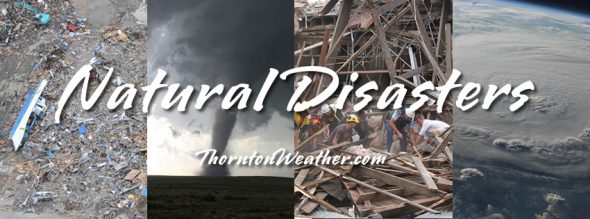|
Category Archives: Climate Change
Uncovering the Extent of Global Warming Cheating
|
Science Journal Has No Plans To Retract A NOAA Study, Despite Data Manipulation Concerns
|
Washington Times editorial: An inconvenient stretcher
|
NOAA releases first images from new GOES satellite
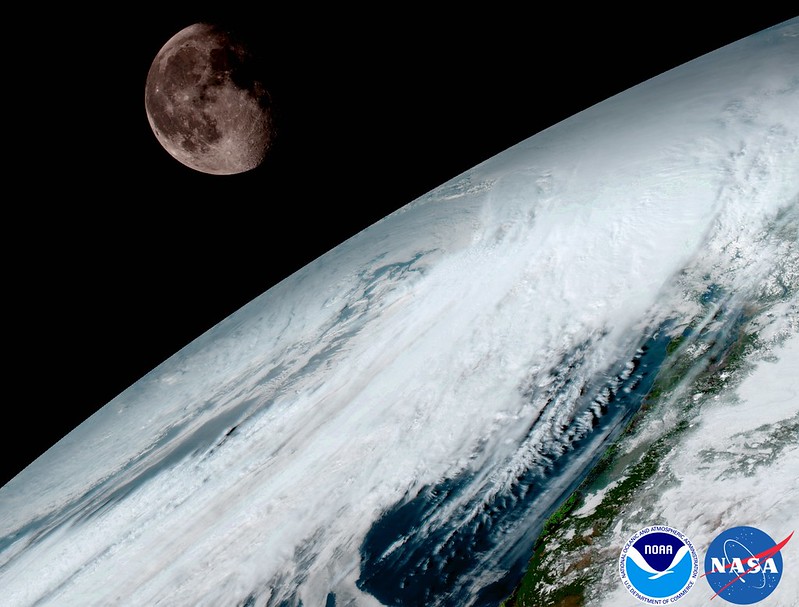
NOAA released the first images from their new GOES-16 satellite and to say they are stunning would be an understatement. The new satellite, built in Colorado by Lockheed Martin, contains some of the highest resolution cameras and most advanced sensors in the world.
From NOAA:
Since the GOES-16 satellite lifted off from Cape Canaveral on November 19, scientists, meteorologists and ordinary weather enthusiasts have anxiously waited for the first photos from NOAA’s newest weather satellite, GOES-16, formerly GOES-R.
The release of the first images today is the latest step in a new age of weather satellites. It will be like high-definition from the heavens.
- Scroll down to view all of the new images released by NOAA
The pictures from its Advanced Baseline Imager (ABI) instrument, built by Harris Corporation, show a full-disc view of the Western Hemisphere in high detail — at four times the image resolution of existing GOES spacecraft. The higher resolution will allow forecasters to pinpoint the location of severe weather with greater accuracy. GOES-16 can provide a full image of Earth every 15 minutes and one of the continental U.S. every five minutes, and scans the Earth at five times the speed of NOAA’s current GOES imagers.
NOAA’s GOES-16, situated in geostationary orbit 22,300 miles above Earth, will boost the nation’s weather observation network and NOAA’s prediction capabilities, leading to more accurate and timely forecasts, watches and warnings.
“This is such an exciting day for NOAA! One of our GOES-16 scientists compared this to seeing a newborn baby’s first pictures — it’s that exciting for us,” said Stephen Volz Ph.D. director of NOAA’s Satellite and Information Service. “These images come from the most sophisticated technology ever flown in space to predict severe weather on Earth. The fantastically rich images provide us with our first glimpse of the impact GOES-16 will have on developing life-saving forecasts.”
In May, NOAA will announce the planned location for GOES-16. By November 2017, GOES-16 will be operational as either GOES-East or GOES-West. Once operational, NOAA will use the satellite’s six new instruments to generate new or improved meteorological, solar, and space weather products.
Second satellite in GOES series already in development
Following on the heels of GOES-R will be, GOES-S, the second of four spacecraft in the series. GOES-S is undergoing environmental testing at Lockheed Martin’s Corporation facility in Littleton, Colorado, where it was built. A full set of environmental, mechanical and electromagnetic testing will take about one year to complete. The GOES-S satellite will be moved into the other operational position as GOES-17 immediately after launch and initial checkout of the satellite, approximately nine months after GOES-16.
| [flickr_set id=”72157679494723805″] |
WikiLeaks email details bullying, silencing of CU professor on climate change

The latest batch of emails released by WikiLeaks from John Podesta, Hillary Clinton’s campaign manager, contain a local connection. A message received by Podesta details how climate change alarmists launched a concerted effort to keep a University of Colorado professor from publishing his views on manmade climate change.
Holding degrees in mathematics, public policy and political science, Roger Pielke, Jr. is a well-respected professor at CU. Using statistical analysis, he has authored many papers and books debunking some of the more outrageous claims purveyors of the manmade climate change theory use to scare the populace.
Pielke apparently was seen as a threat to alarmists after publishing a story to fivethirtyeight.com in March 2014 disputing the claim that disasters are becoming more expensive due to climate change.
The professor used imperial data to determine, “When you read that the cost of disasters is increasing, it’s tempting to think that it must be because more storms are happening. They’re not. All the apocalyptic “climate porn” in your Facebook feed is solely a function of perception. In reality, the numbers reflect more damage from catastrophes because the world is getting wealthier. We’re seeing ever-larger losses simply because we have more to lose — when an earthquake or flood occurs, more stuff gets damaged.”
This did not fit the narrative of those that believe manmade climate change is the greatest threat to the Earth of the century.
Judd Legum, editor of ThinkProgress, sent an email to Podesta as well as billionaire Tom Steyer detailing Legum’s organization’s efforts to silence Pielke. He brags that ThinkProgress was successful in ensuring, “Pielke never wrote another piece on climate change for 538.”
Steyer is a name that should be familiar with Coloradans. The San Francisco-based billionaire and environmental activist has spent millions of dollars in Colorado elections, trying to influence their outcomes.
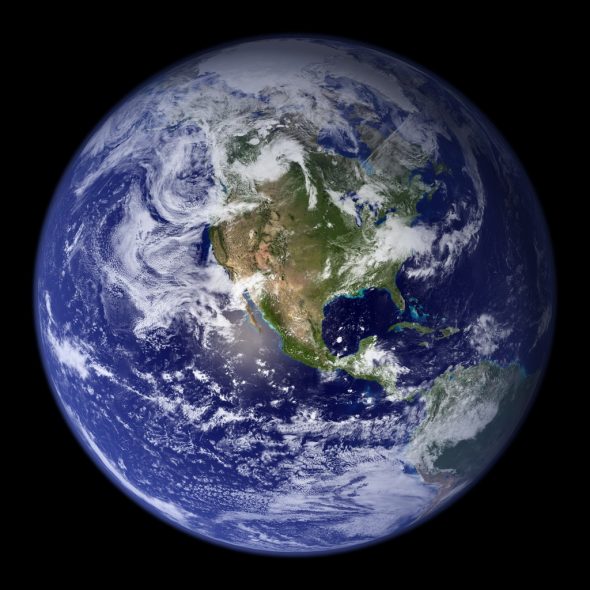 Ironically, Pielke has been a voice of reason and moderation in the sometimes-raucous debate about manmade climate change. He actually favors a carbon tax and has advocated for removing any incentives for fossil fuels and replacing them with a push for renewable energy sources.
Ironically, Pielke has been a voice of reason and moderation in the sometimes-raucous debate about manmade climate change. He actually favors a carbon tax and has advocated for removing any incentives for fossil fuels and replacing them with a push for renewable energy sources.
Pielke told the Boulder Daily Camera, “They were ultimately successful in removing an academic from working on a topic,” as he has moved on to other areas of study. There’s, “nothing like a political witch hunt to help you focus on career priorities,” he said.
“It spells out in black and white … that there was an organized, politically motivated campaign to damage my career and reputation, based on a perception that my academic research was thought to be inconvenient.”
The fact that a member of academia could be silenced is troubling but it also fits the new way that climate change alarmists have chosen to battle those that disagree with them: Don’t debate the topic on its merits, instead simply shut down the opposition.
On the net:
- Boulder Daily Camera: WikiLeaks exposes liberal group’s efforts to thwart climate writings of CU’s Roger Pielke Jr.
- National Review: WikiLeaks exposes Podesta-Steyer Climate McCarthyism
Hillary Clinton taking advantage of Hurricane Matthew
|
An overblown link between hurricanes and global warming
|
NASA Study: Mass Gains of Antarctic Ice Sheet Greater than Losses
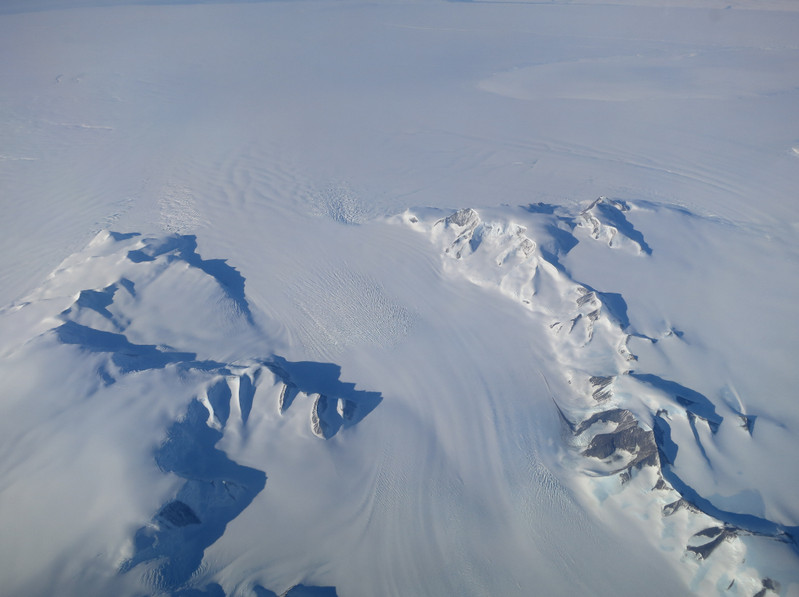
Interesting. NASA study conflicts directly with much of the climate change narrative about ice in Antarctica.
A new NASA study says that an increase in Antarctic snow accumulation that began 10,000 years ago is currently adding enough ice to the continent to outweigh the increased losses from its thinning glaciers.
The research challenges the conclusions of other studies, including the Intergovernmental Panel on Climate Change’s (IPCC) 2013 report, which says that Antarctica is overall losing land ice.
According to the new analysis of satellite data, the Antarctic ice sheet showed a net gain of 112 billion tons of ice a year from 1992 to 2001. That net gain slowed to 82 billion tons of ice per year between 2003 and 2008.
“We’re essentially in agreement with other studies that show an increase in ice discharge in the Antarctic Peninsula and the Thwaites and Pine Island region of West Antarctica,” said Jay Zwally, a glaciologist with NASA Goddard Space Flight Center in Greenbelt, Maryland, and lead author of the study, which was published on Oct. 30 in the Journal of Glaciology. “Our main disagreement is for East Antarctica and the interior of West Antarctica – there, we see an ice gain that exceeds the losses in the other areas.” Zwally added that his team “measured small height changes over large areas, as well as the large changes observed over smaller areas.”
Scientists calculate how much the ice sheet is growing or shrinking from the changes in surface height that are measured by the satellite altimeters. In locations where the amount of new snowfall accumulating on an ice sheet is not equal to the ice flow downward and outward to the ocean, the surface height changes and the ice-sheet mass grows or shrinks.
But it might only take a few decades for Antarctica’s growth to reverse, according to Zwally. “If the losses of the Antarctic Peninsula and parts of West Antarctica continue to increase at the same rate they’ve been increasing for the last two decades, the losses will catch up with the long-term gain in East Antarctica in 20 or 30 years — I don’t think there will be enough snowfall increase to offset these losses.”
The study analyzed changes in the surface height of the Antarctic ice sheet measured by radar altimeters on two European Space Agency European Remote Sensing (ERS) satellites, spanning from 1992 to 2001, and by the laser altimeter on NASA’s Ice, Cloud, and land Elevation Satellite (ICESat) from 2003 to 2008.
Zwally said that while other scientists have assumed that the gains in elevation seen in East Antarctica are due to recent increases in snow accumulation, his team used meteorological data beginning in 1979 to show that the snowfall in East Antarctica actually decreased by 11 billion tons per year during both the ERS and ICESat periods. They also used information on snow accumulation for tens of thousands of years, derived by other scientists from ice cores, to conclude that East Antarctica has been thickening for a very long time.
“At the end of the last Ice Age, the air became warmer and carried more moisture across the continent, doubling the amount of snow dropped on the ice sheet,” Zwally said.
The extra snowfall that began 10,000 years ago has been slowly accumulating on the ice sheet and compacting into solid ice over millennia, thickening the ice in East Antarctica and the interior of West Antarctica by an average of 0.7 inches (1.7 centimeters) per year. This small thickening, sustained over thousands of years and spread over the vast expanse of these sectors of Antarctica, corresponds to a very large gain of ice – enough to outweigh the losses from fast-flowing glaciers in other parts of the continent and reduce global sea level rise.
Zwally’s team calculated that the mass gain from the thickening of East Antarctica remained steady from 1992 to 2008 at 200 billion tons per year, while the ice losses from the coastal regions of West Antarctica and the Antarctic Peninsula increased by 65 billion tons per year.
“The good news is that Antarctica is not currently contributing to sea level rise, but is taking 0.23 millimeters per year away,” Zwally said. “But this is also bad news. If the 0.27 millimeters per year of sea level rise attributed to Antarctica in the IPCC report is not really coming from Antarctica, there must be some other contribution to sea level rise that is not accounted for.”
“The new study highlights the difficulties of measuring the small changes in ice height happening in East Antarctica,” said Ben Smith, a glaciologist with the University of Washington in Seattle who was not involved in Zwally’s study.
“Doing altimetry accurately for very large areas is extraordinarily difficult, and there are measurements of snow accumulation that need to be done independently to understand what’s happening in these places,” Smith said.
To help accurately measure changes in Antarctica, NASA is developing the successor to the ICESat mission, ICESat-2, which is scheduled to launch in 2018. “ICESat-2 will measure changes in the ice sheet within the thickness of a No. 2 pencil,” said Tom Neumann, a glaciologist at Goddard and deputy project scientist for ICESat-2. “It will contribute to solving the problem of Antarctica’s mass balance by providing a long-term record of elevation changes.”
Climate models overstating case for man-made global warming, study suggests
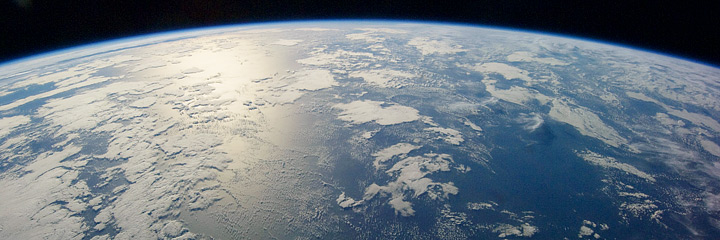
Climate models overstating case for man-made global warming, study suggestsWhenever climate models overestimate temperatures linked to rising carbon dioxide levels in the atmosphere, scientists have pointed to a convenient fall guy: aerosols, which cool the planet and act as a counterweight to global warming. But what if the cooling influence of aerosols isn’t as powerful as believed? Preliminary findings from a major study by the… Continue reading Climate models overstating case for man-made global warming, study suggests |

